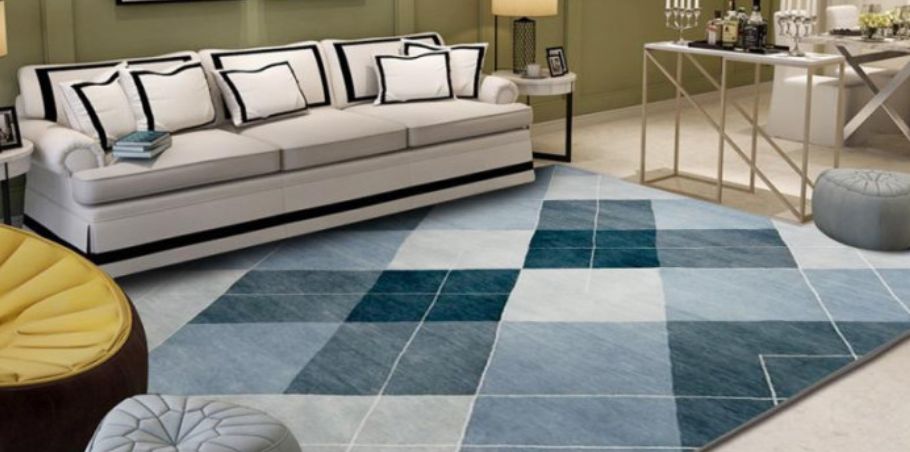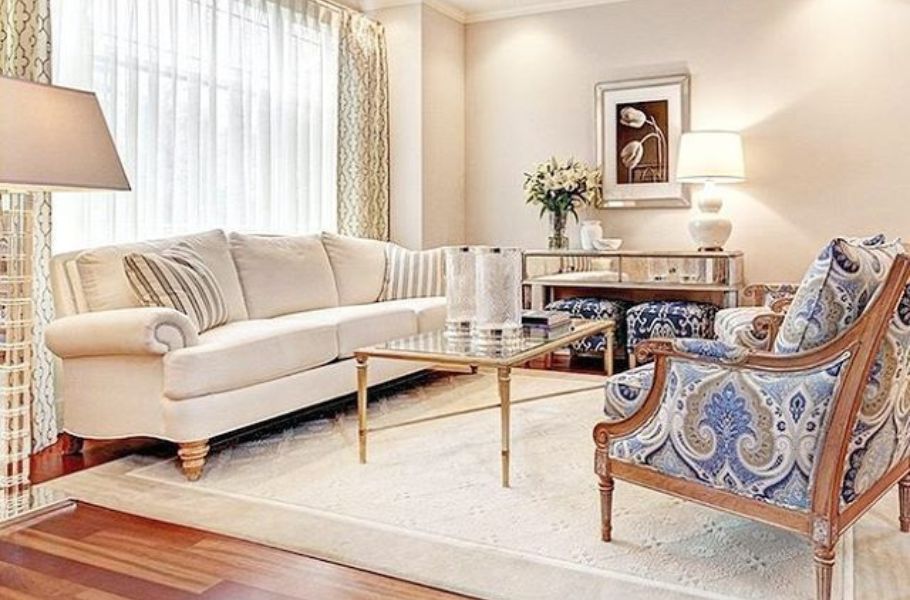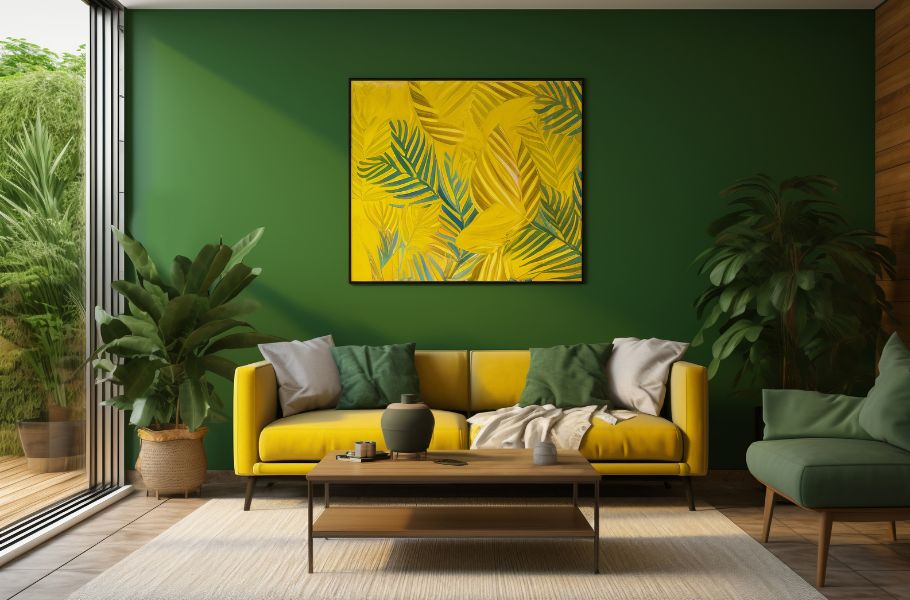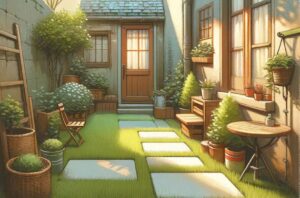Mid century area rugs: A Timeless Addition to Your Home
Incorporating a mid century area rugs into your home is like adding a dash of timeless elegance to your living space. The mid century modern design movement, which flourished from the mid-1940s to the late 1960s, has left a lasting legacy on interior design, with area rugs playing a pivotal role in achieving that distinctive look. But what exactly makes these rugs so special, and how can you choose the perfect one for your space? Let’s dive into the fascinating world of mid century area rugs.
The Origins of Mid Century Modern Design
To fully appreciate mid century area rugs, it’s essential to understand the roots of mid-century modern design. This design philosophy emerged in the post-World War II era, characterized by simplicity, functionality, and a connection to nature. Influenced by Scandinavian and American designers, mid century modernism embraced clean lines, organic forms, and a blend of natural and synthetic materials. The result was a design movement that was both practical and aesthetically pleasing, with area rugs serving as a key element in tying together the minimalist interiors of the time.
Role of Area Rugs in Mid Century Interiors
Area rugs were more than just decorative pieces in mid-century homes; they were functional elements that grounded the overall design. In the open floor plans typical of mid-century architecture, rugs defined spaces, adding warmth and texture to otherwise sleek and minimalist interiors. The right rug could transform a room, bringing together various elements like furniture, artwork, and lighting into a cohesive whole. Whether through bold patterns, rich textures, or vibrant colors, mid century area rugs were—and still are—integral to creating a well-balanced space.
Common Materials Used in Mid century area rugs
When it comes to materials, mid century area rugs were made from both natural and synthetic fibers. Wool, cotton, and jute were popular choices for their durability and natural appeal. Wool, in particular, was favored for its softness and ability to retain vibrant colors, making it ideal for the bold patterns often seen in mid-century designs. On the other hand, synthetic materials like nylon, polyester, and acrylic offered more affordable options that were easier to clean and maintain. Each material brought its unique qualities to the table, allowing homeowners to choose the best rug for their needs and preferences.
Popular Patterns and Motifs in Mid century area rugs
Mid century area rugs are known for their striking patterns and motifs, which often reflected the era’s fascination with geometry, abstraction, and the natural world. Geometric shapes like circles, squares, and triangles were common, as were abstract designs that played with color and form in innovative ways. Nature-inspired motifs, such as leaves and flowers, also made their way into rug designs, blending the organic with the modern. These patterns weren’t just about aesthetics; they were a reflection of the era’s optimism and belief in progress, technology, and the future.
Color Palettes in Mid century area rugs
The color palettes of mid century area rugs were as diverse as the patterns they featured. Earthy tones like browns, greens, and oranges were popular, reflecting the era’s connection to nature and the outdoors. At the same time, bold and vibrant colors like red, yellow, and teal were used to make a statement, adding energy and personality to a room. Choosing the right color scheme for your mid-century rug involves considering your existing décor, the mood you want to create, and the role the rug will play in your space whether it’s a subtle complement or a bold focal point.
Selecting the Perfect Mid Century Area Rug for Your Space
Selecting the right mid-century area rug involves more than just picking a design you like; it’s about finding a piece that fits seamlessly into your space. Start by determining the size and placement of the rug—consider how it will interact with your furniture and define the room’s layout. Next, think about how the rug’s colors and patterns will coordinate with your existing décor. Finally, consider the balance between function and style—your rug should not only look great but also serve the needs of the space, whether it’s a high-traffic area or a cozy reading nook.
Top Mid-Century Area Rug Brands and Designers
Several designers and brands have become synonymous with mid-century modernism, and their contributions to rug design are still celebrated today. Designers like Eero Saarinen and Charles and Ray Eames are known for their innovative use of materials and patterns, creating rugs that are as much works of art as they are functional pieces. Iconic brands like Knoll and Herman Miller offered high-quality rugs that complemented their modern furniture collections. Today, many contemporary brands continue to offer mid-century-inspired designs, allowing you to bring a touch of this timeless style into your home.
Caring for and Maintaining Your Mid-Century Area Rug
Proper care and maintenance are crucial to preserving the beauty and longevity of your mid-century area rug. Regular vacuuming is essential to remove dirt and debris, while spot cleaning can help address spills and stains before they become permanent. For deeper cleaning, consider professional services, especially for rugs made from delicate materials like wool. Additionally, rotating your rug every few months can help prevent uneven wear and fading, ensuring that your rug remains a vibrant and integral part of your home décor for years to come.
Where to Buy Authentic Mid century area rugs
If you’re in the market for an authentic mid-century area rug, you have several options to explore. Vintage stores and online marketplaces like eBay and Etsy often have a selection of genuine mid century rugs, though it’s important to do your research to ensure authenticity. High-end boutiques and design shops may offer carefully curated collections of vintage and mid-century-inspired rugs, providing a higher level of quality and assurance. When shopping, look for signs of authenticity, such as labels, materials, and design details that align with the mid-century era.
Incorporating Mid century area rugs in Modern Homes
Mid century area rugs aren’t just for mid-century homes—they can be beautifully integrated into a variety of interior styles. In modern homes, these rugs can add a layer of texture and visual interest, whether you’re going for a minimalist look or something more eclectic. Layering rugs is another popular technique, where a mid-century rug is placed over a larger, neutral rug to create depth and contrast. By blending mid-century elements with contemporary décor, you can create a space that feels both timeless and current, with your area rug serving as a key focal point.
Affordable Alternatives to Authentic Mid Century Rugs
While authentic mid century rugs can be a significant investment, there are plenty of affordable alternatives available. Reproductions and replicas offer the look and feel of mid-century design without the high price tag, and many of these pieces are made with modern materials that are easier to care for. DIY options, such as custom-made rugs, allow you to create a piece that fits your specific style and budget. Additionally, many retailers offer budget-friendly mid-century style rugs that capture the essence of the era, making it easier than ever to bring this iconic design into your home.
The Environmental Impact of Mid Century Rugs
As with any home décor choice, it’s important to consider the environmental impact of your rug purchase. Many mid century rugs were made from natural, sustainable materials, but synthetic options were also popular. Today, eco-friendly rug options are widely available, made from organic or recycled materials that reduce the environmental footprint. Proper care and disposal of your rug can also contribute to sustainability look for environmentally friendly cleaning products and consider donating or recycling your rug when it’s time for a replacement.
Mid century area rugs in Iconic Interiors
To truly understand the impact of mid century area rugs, it’s helpful to look at some iconic interiors from the era. From Frank Lloyd Wright’s Fallingwater to the Eames House, these spaces demonstrate how rugs were used to enhance the overall design, adding warmth, texture, and color. By analyzing these case studies, modern designers can gain insights into the principles of mid-century design and how to apply them in contemporary spaces. Whether through careful rug placement, thoughtful color choices, or the integration of natural materials, these examples offer valuable lessons for anyone looking to incorporate mid-century elements into their home.
FAQs About Mid century area rugs
What is the best way to clean a mid century area rug?
Regular vacuuming and spot cleaning are essential. For deeper cleaning, consider professional services, especially for wool rugs.
How can I identify an authentic mid century rug?
Look for signs such as labels, materials, and design details that align with the mid-century era. Research and buy from reputable sources.
Are mid century area rugs suitable for high traffic areas?
Yes, especially those made from durable materials like wool. However, regular maintenance is key to preserving their appearance.
Can I mix mid century rugs with other design styles?
Absolutely! Mid century rugs can complement various styles, adding texture and interest to modern, eclectic, or even traditional spaces.
Where can I find affordable mid-century-inspired rugs?
Reproductions, replicas, and budget-friendly options are available from many retailers, both online and in-store.
Conclusion
Mid century area rugs are more than just floor coverings—they’re a piece of design history that continues to inspire and captivate. Whether you’re a seasoned mid-century enthusiast or new to the style, incorporating one of these rugs into your home can instantly elevate your space, adding warmth, character, and a touch of nostalgia. By carefully selecting, caring for, and integrating your mid-century rug, you can create a home that’s both stylish and timeless, with a design that reflects the best of the past and the present.
If you gained new insights from this article, explore our blog, Gimkit, for more enlightening content.
Share this content:














Post Comment